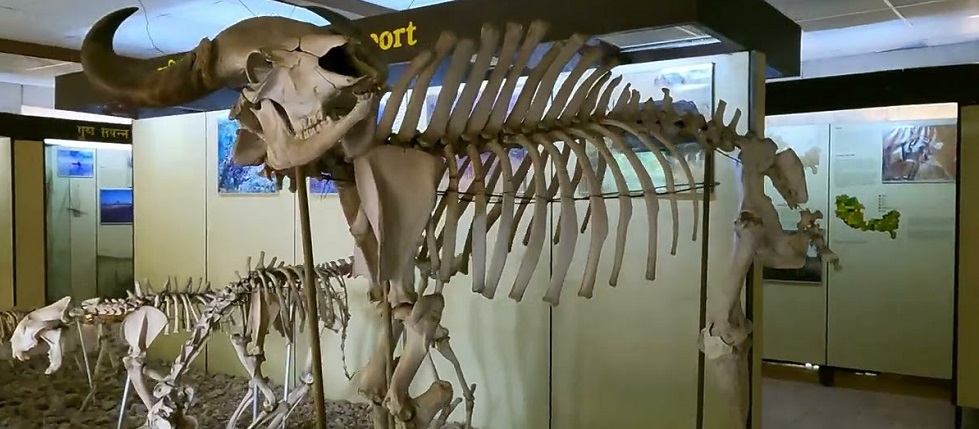Kanha National Park is renowned for its lush sal and bamboo forests, sprawling meadows, and diverse array of flora and fauna. Amidst this haven of biodiversity lies a gem that adds a fascinating layer to the wildlife experience – the Kanha Museum. This museum, situated near the Mukki entrance of the national park, is a treasure trove of information that enriches visitors with a deeper understanding of the region's ecology, conservation efforts, and the majestic creatures that call Kanha home.
As visitors step into the Kanha Museum, they are greeted by exhibits that narrate the park's history, from its establishment in 1955 to its present-day status as a prime tiger reserve. The museum acts as a gateway, providing an insightful introduction to the natural wonders that await within the national park's boundaries.
The first section of the museum is dedicated to the rich biodiversity of Kanha. Visitors are treated to an impressive display of taxidermy specimens, showcasing the park's diverse wildlife, including the iconic Bengal tiger, leopards, barasingha deer, wild dogs, and numerous species of birds. Each exhibit is meticulously crafted to offer a lifelike representation of these magnificent creatures, allowing visitors to marvel at their beauty up close.
Moving through the museum, enthusiasts of all ages can delve into the intricacies of the local flora and fauna. Informative panels and interactive displays educate visitors about the unique vegetation that sustains the diverse ecosystem of Kanha. From medicinal plants to the towering sal trees, the museum sheds light on the symbiotic relationships that exist between the park's inhabitants and their environment.
One of the highlights of the Kanha Museum is the conservation section, which underscores the park's commitment to preserving its natural heritage. Engaging displays outline the various conservation initiatives undertaken by the park authorities, including anti-poaching measures, habitat restoration, and community involvement. Visitors gain insight into the challenges faced in safeguarding the delicate balance of the ecosystem and the tireless efforts made to ensure the survival of endangered species.
The museum doesn't shy away from addressing the critical issue of tiger conservation. A dedicated section focuses on the majestic Bengal tiger, Kanha's most iconic resident. Through multimedia presentations, visitors learn about the life cycle, behavior, and the challenges faced by these magnificent big cats in the wild. The museum serves as an educational platform, advocating for the importance of tiger conservation and the role of national parks in safeguarding these endangered species.
As visitors explore the museum, they also gain an understanding of the local tribal communities and their harmonious coexistence with nature. Exhibits showcase the traditional practices of the Gond and Baiga tribes, emphasizing the symbiotic relationship between these indigenous communities and the wildlife around them. The importance of involving local communities in conservation efforts becomes evident, highlighting the need for sustainable practices that benefit both humans and wildlife.
In addition to its educational aspects, the Kanha Museum contributes to the broader mission of fostering environmental awareness. Interactive displays and educational programs cater to school groups, fostering a sense of responsibility and appreciation for nature among the younger generation.
As visitors leave the Kanha Museum, they carry with them not just memories of the spectacular wildlife that awaits in the national park but also a deeper appreciation for the delicate balance that sustains this natural paradise. The museum serves as a beacon, illuminating the importance of conservation efforts and the need for responsible tourism to ensure that future generations can continue to marvel at the wonders of Kanha National Park.



